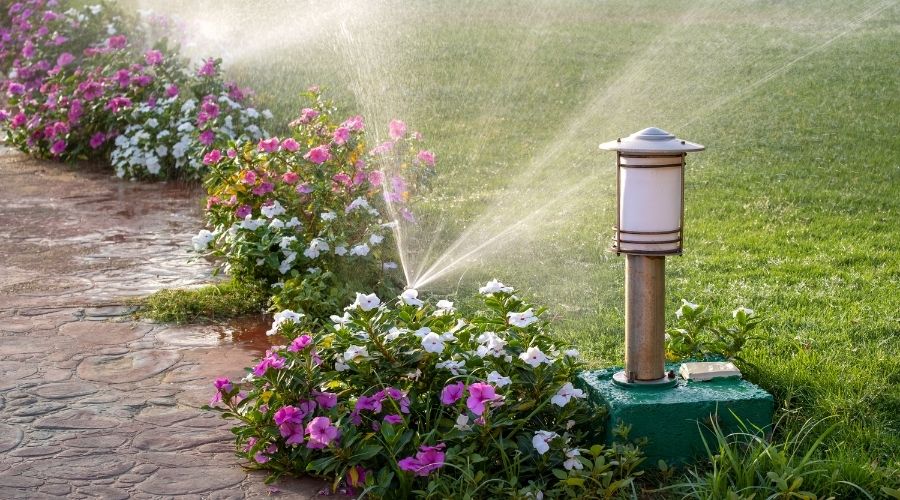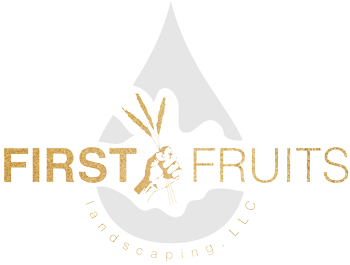What does it mean to blow out your irrigation?
Your sprinkler system is a worthwhile investment that needs adequate care and maintenance. As the freezing winter season approaches, it’s critical to put your sprinklers to bed. Doing so prevents water freezing inside the irrigation pipes and system components which could cause cracks or damage. Blowing out your system is one of the best methods to ensure your irrigation system is completely dry.
The blow out method entails blowing in air at high pressure into the pipes to force all the water out of the irrigation system. The pressurized air pushes any water left in the lines and discharges it through the sprinkler heads. There’s no chance of any water remaining in the piping, making it the preferred method for winterizing your irrigation system.
With the other methods like the automatic and manual drain methods, there’s no way to ensure that there are no trace amounts of water left inside the pipes. Leaving even the smallest amount of water poses the risk of cracking or rupturing the irrigation system when the water freezes and expands. Apart from not eliminating all the water, other draining methods may not always be reliable because underground pipes can move with time.
Before you proceed, you will need to turn off the main water supply. This ensures that no additional water flows into the piping. Once you turn off the water, you’ll also need to open the hose bib on the main water supply that’s connected to the irrigation system to let the remaining water drain out.
If your watering system uses a timer, you will need to shut it down. This reduces the risk of electrical or mechanical faults while the irrigation system is offline. Depending on the type of timer you use, you can also set it to rain mode. That way, your programming will remain unchanged, and you can simply set it back to how it was after the winter.
Ensure that you blow out the zone farthest from the mainline first. This will ensure that you can adequately complete a zone-by-zone blow out. If your system is on uneven terrain, start your sprinkler blow out with the higher level zones first. The higher zones may need higher pressure, so you need to get them out of the way before lowering the pressure on the compressor.
Close the backflow valves on the irrigation system, then turn on your compressor, keeping your eye on the pressure. Remember to insulate all the above-ground fixtures of your irrigation system to prevent them from freezing.
When Do I Need to Blow Out My Irrigation?
With our crazy weather around here, some people may actually have turned their sprinklers back on and now we have had snow and freezing temperatures so while it’s best to have it winterized in early fall, I recommend watching it and checking the weather to ensure that it is drained and blown out prior to the first freeze of the year.
More Great Resources for Homeowners:
- 10 Genius Landscaping Tricks
- Full Yard Renovation
- Should I Reseed or Use Sod?
- What is Landscape Restoration?
- Dangers of Snow and Ice to Your Property
- How To Protect Your Trees and Shrubs for Winter
- How to Deter Deer from Damaging Your Lawn and Flowers
- Landscaping for HOA Common Areas
- Best Curb Appeal Options for Home Sellers
- How to Have the Best Grass in the Neighborhood
- What is the Best Kind of Landscape Paving?
- Curb Appeal for Tiny House
